Community well-being in Chinese peri-urban areas: challenges and the way forward
DOI: 10.23977/jceup.2020.020103 | Downloads: 23 | Views: 4167
Author(s)
Linna Li 1, Fuyi Cai 2
Affiliation(s)
1 School of Design, the University of Melbourne, Victoria 3052, Australia
2 Xingfu Architectural Design Co., Ltd, Guangzhou 510000, China
Corresponding Author
Linna LiABSTRACT
In recent years, the rapid metropolitan growth and expansion have led to the exploration of the peri-urbanization process and concerns on community well-being in peri-urban areas. To achieve a better understanding of peri-urbanization, this article reviews the peri-urban definition, its dynamic drivers, and the development of peri-urbanization in Chinese cities. Based on the impact of peri-urbanization on community well-being, this article discusses the challenges and the way forward for the sustainable development of Chinese peri-urban communities.
KEYWORDS
Community well-being, Peri-urbanization, Sustainable developmentCITE THIS PAPER
Linna Li, Fuyi Cai, Community well-being in Chinese peri-urban areas: challenges and the way forward. Journal of Civil Engineering and Urban Planning (2020) Vol. 2: 20-24. DOI: http://dx.doi.org/10.23977/jceup.2020.020103.
REFERENCES
[1] Woltjer, J., (2014). A global review on peri-urban development and planning. Jurnal Perencanaan Wilayah dan Kota, 25 (1), pp.1-16.
[2] Aguilar, A.G. (2008) Peri-urbanization, Illegal Settlements and Environmental Impact in Mexico City. Cities 25 (3), 133-145.
[3] Bernard J.(2015) Community Satisfaction in Czech Rural Communities: A Multilevel Model [J]. Sociologia Ruralis, 55 (2): 205-226.
[4] Gallent, N. (2006) The Rural-Urban Fringe: A New Priority for Planning Policy. Planning Practice and Research 21 (3), 383-393.
[5] Cantarero, R. and Potter, J. (2014) Quality of life, perceptions of change, and psychological wellbeing of the elderly population in small rural towns in the Midwest. International Journal of Aging and Human Development, 78 (4), 301-324.
[6] Cantarero, R. and Potter, J. Community Satisfaction, in Encyclopedia of Quality of Life and Well-Being Research, Michalos, A. C. (ed.), Springer Reference, pp. 1094-1099.
[7] Cox, D., Frere, M., West, S., & Wiseman, J. (2010). Developing and using local community wellbeing indicators: Learning from the experiences of community indicators Victoria. Australian Journal of Social Issues, 45 (1), 71–89.
[8] Cuthill, M. (2002). Coolangatta: A portrait of community well-being. Urban Policy and Research, 20 (2), 187–203.
[9] Duxbury N, Jeannotte M S.(2011) Introduction: culture and sustainable communities [C]. Culture and Local Governance.University of Ottawa.Faculty of Social Sciences, 3 (1-2): 1-10.
[10] Fellin, P. (2001). the community and the social worker (3rd ed.). Itasca, IL: F.E.Peacock
[11] Fishman, R. (2000) the American Metropolis at Century's End: Past and Future Influences. Housing Policy Debate 11 (1).
[12] Fried M.(1984) the structure and significance of community satisfaction [J]. Population & Environment, 7(2):61-86.
[13] John C S, Clark F. (1984) Racial differences in dimensions of neighborhood satisfaction [J]. Social Indicators Research, 15 (1): 43-60.
[14] Kasarda J D, Janowitz M.(1974). Community Attachment in Mass Society [J]. American Sociological Review, 39 (3): 328-339.
[15] L. Berköz, Ö.L. Kellekçi (2007). Mass housing: Residents satisfaction with their housing and environment [J]. Open House International, 32 (1): 41-49.
[16] Lee, S.J., Kim, Y. and Phillips, R. (2015). In Community well-being and community development. Springer International Publishing, pp. 1-7.
| Downloads: | 11537 |
|---|---|
| Visits: | 393857 |
Sponsors, Associates, and Links
-
Journal of Sustainable Development and Green Buildings
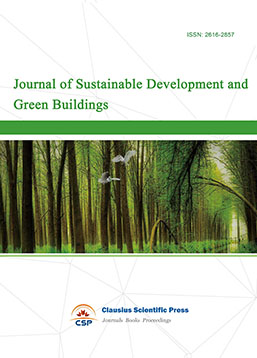
-
Landscape and Urban Horticulture
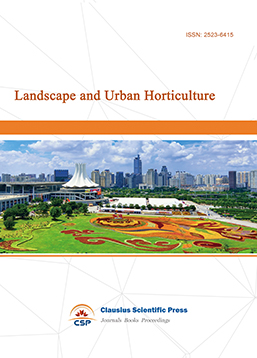
-
Bridge and Structural Engineering
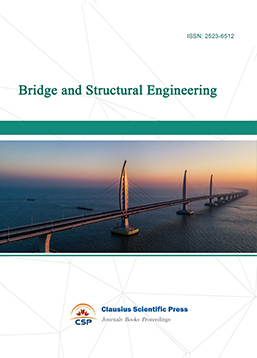
-
Soil Mechanics and Geotechnical Engineering
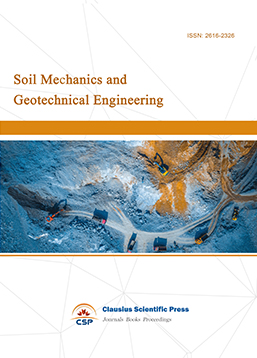
-
Journal of Municipal Engineering
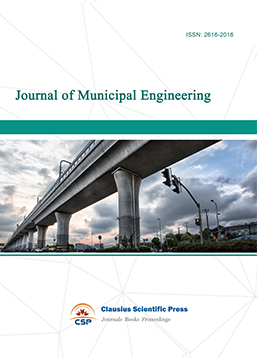
-
Heating, Ventilation and Air Conditioning
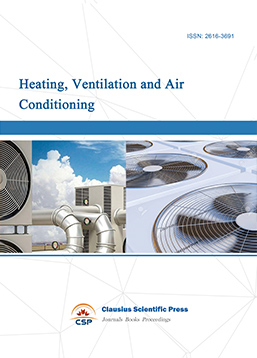
-
Indoor Air Quality and Climate
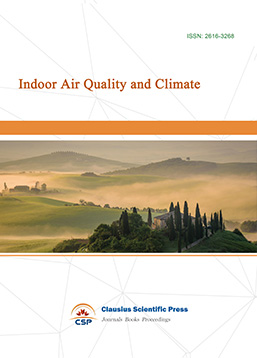
-
Computer Aided Architecture Design
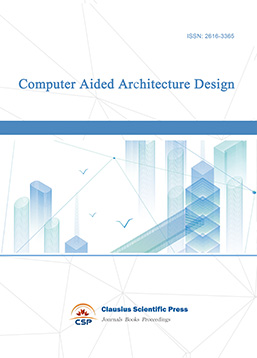

 Download as PDF
Download as PDF